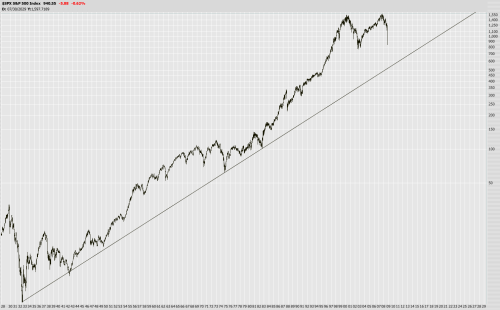One of the most valuable resources I encountered in the past few years was Tanta, recently co-blogger on Calculated Risk. I do not remember exactly when I had begun reading CR, but do remember when she had agreed to write for the blog. She was able to take a normally dry topic and make it incredibly accessible. I am remembering especially her humor, with references to steel-toed bunny slippers, bourbon slurpees, and delightful metaphors of risk, like this: “Buying a B tranche of a subprime ABS is playing with matches. Buying the equity tranche of a CDO is playing with a blowtorch in the parking lot of the Exxon station while wearing a St. Lucia wreath on your head.”
It is with no surprise I learn she had a graduate degree in English, given her professed fondness for American Lit nerds and literary allusions that I myself would have trouble placing. Her postings collected in “The Compleat ÜberNerd” should be considered mandatory reading for anyone involved or interested in mortgage origination, servicing, and securitization. For those of us who follow CR this is a tragic loss, but I am glad that in her last few years she was able to touch so many. Tanta vive!
http://calculatedrisk.blogspot.com/2008/11/sad-news-tanta-passes-away.html
http://www.nytimes.com/2008/12/01/business/01tanta.html?_r=1
http://www.npr.org/blogs/money/2008/12/on_the_loss_of_tanta_1.html

